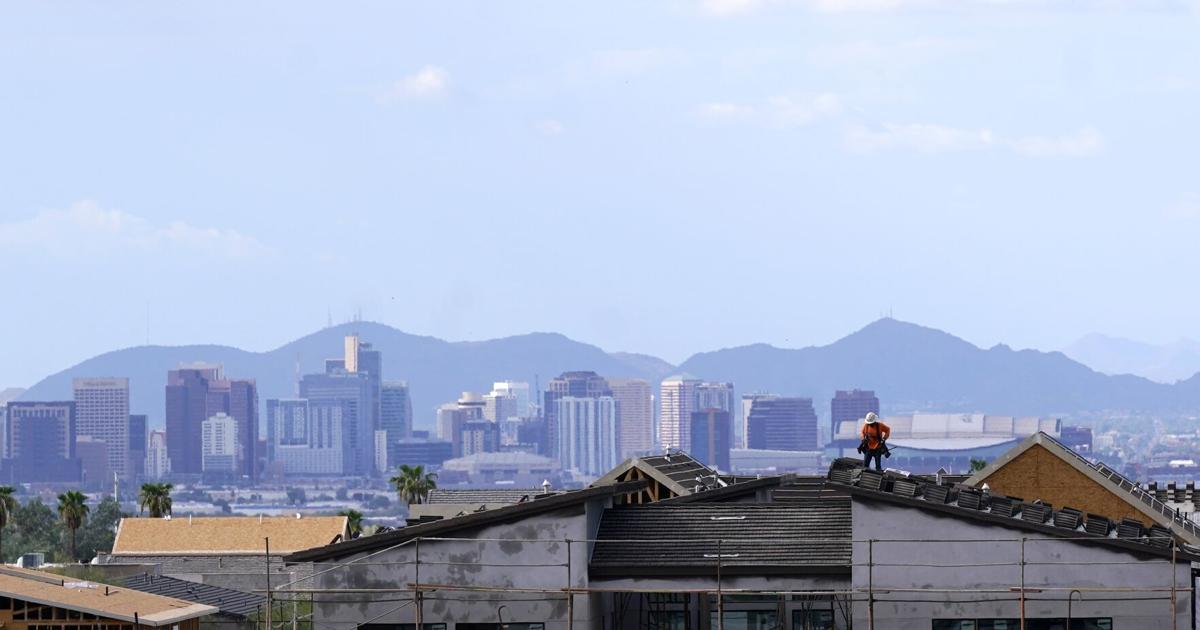(The Center Square) – Arizona’s Valley region has been one of the few major metropolitan areas in the country to grow amid business closures, remote work, homeschooling and other disruptions due to the COVID-19 pandemic.
Thursday, the US census published more detailed data from its annual population estimates recording changes in numbers from July 1, 2020 to July 1, 2021.
Maricopa County, the nation’s fourth largest in population, gained an estimated 58,246 people during that time. The increase, calculated by adding births and incoming residents and subtracting those who left or died, is more than any other county. Census data shows an increase of 46,866 solely due to internal migration, more than any other county.
The COVID-19 pandemic has seen a dispersal of people from some of the nation’s largest metropolitan counties to smaller towns or suburbs, which census demographers say has led to large population increases in most counties.
“The patterns we’ve seen in internal migration have changed in 2021,” said Dr. Christine Hartley, deputy division chief for estimates and projections at the Census Bureau’s Population Division. “Even though over time we have seen a higher number of counties with a natural decrease and net international migration continuing to decline, over the past year the contribution of internal migration has counteracted these trends, from so there were actually more counties growing than losing population.”
While most of the largest cities saw their population decline, the census indicated that 63% of metropolitan areas had positive net inward migration. The largest of these was the Phoenix-Mesa-Chandler area, which saw an increase of 66,850.
“Phoenix has a very welcoming environment for new families, part of the reason the city has added more population over the past decade than any other American city,” Phoenix Mayor Kate Gallego said Thursday. at The Center Square. “Although census estimates for the cities have not been released, the dynamic growth of Greater Phoenix is also being felt in our city. We’ve prepared for growth with smart policies, attracting high-value job opportunities and leading the nation in life sciences job growth in 2021.”
Gallego touted the region’s business ecosystem attracting startups as well as traditional businesses to grow.
“The census reports that Phoenix has the shortest average commute time of any major city,” she said. “It’s important for families to create a positive work-life balance. Over the past five years, we’ve seen most of our new families come from Southern California, Chicago, and the Northwest. However, due to our significant growth in tech and bioscience jobs, we are also seeing a large number of new families joining us from Asia, according to census data.
Los Angeles County saw the largest numerical decline in population of any county, dropping 159,621 in total population.
Statewide, Arizona’s decennial census numbers saw growth, but many were surprised the population increase wasn’t enough to earn the state a 10th member. of Congress for the first time since 1950. The difference between the latest annual estimate and the official count was greater than any other state. A total of 7,151,502 people called Arizona home as of April 1, 2020, according to the official 2020 count. An earlier estimate from census counters had a population of 7,421,401, a difference of 3.6% that was not not in favor of the state.

